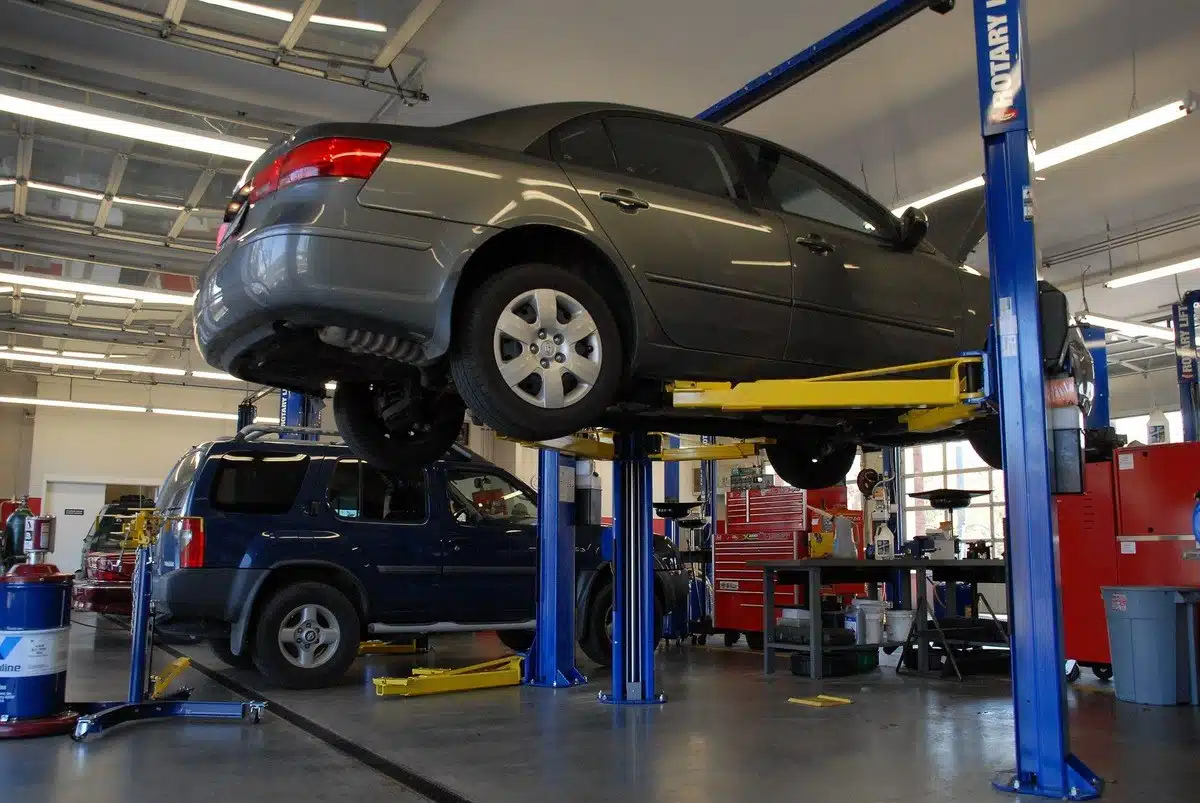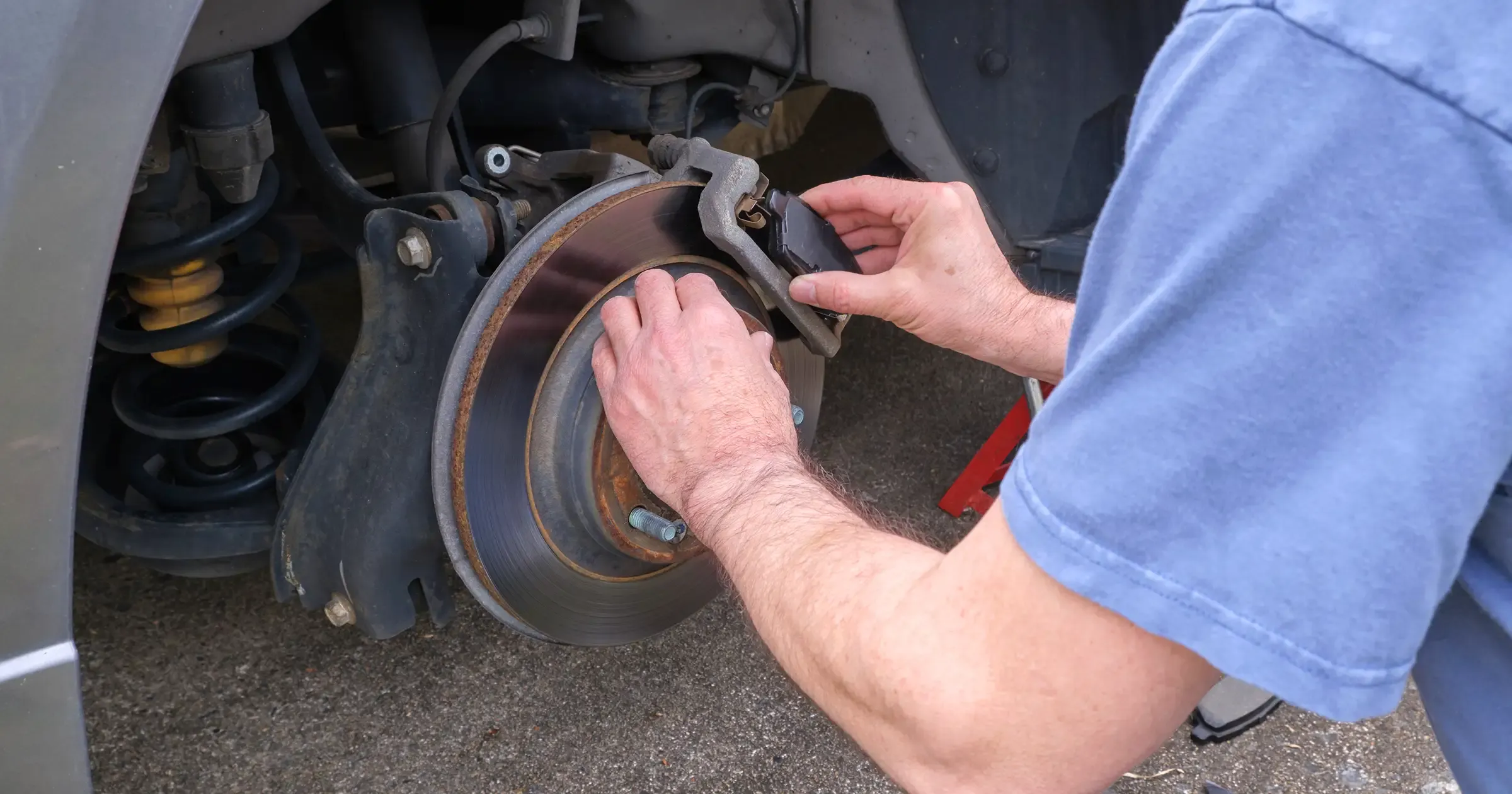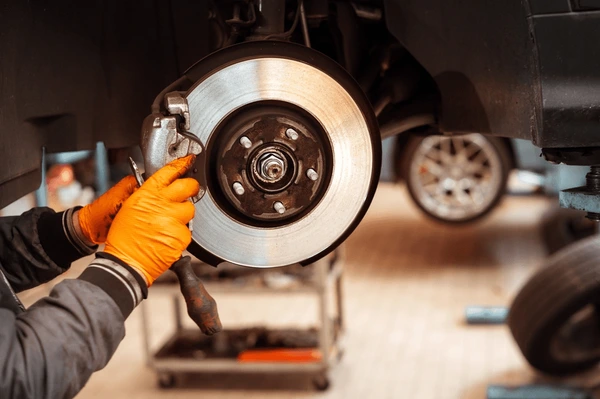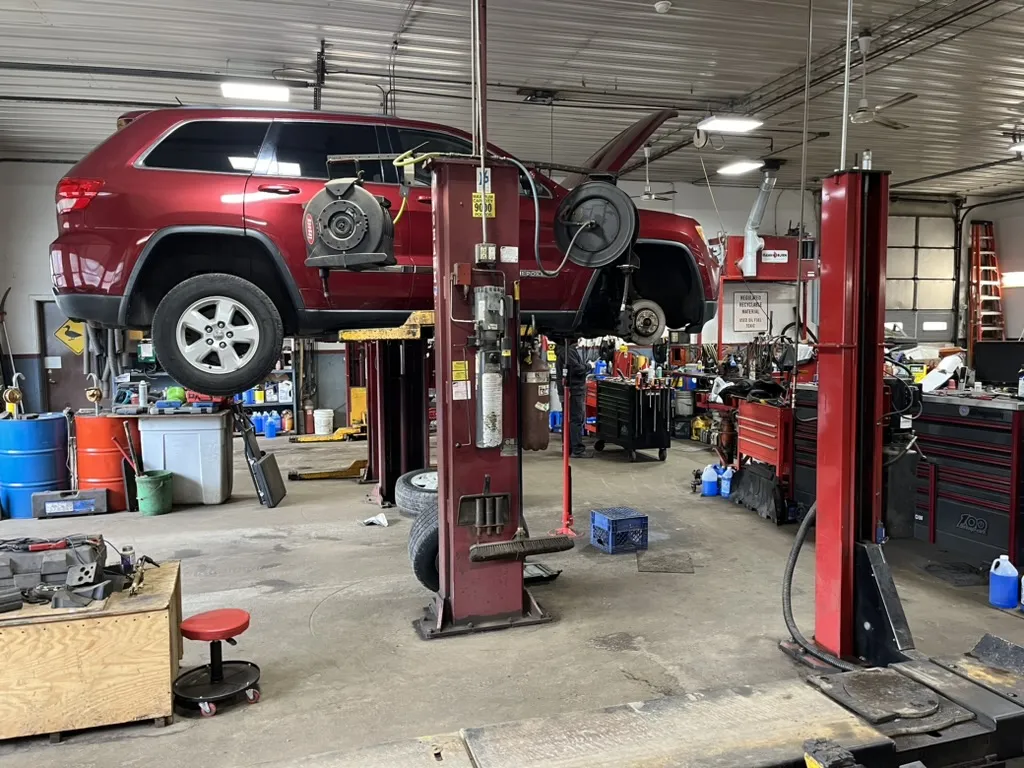Brakes are one of the most critical safety components of any vehicle. Regular brake service ensures that your braking system remains reliable, efficient, and safe. Beyond safety, consistent maintenance can also save you money by preventing expensive repairs and extending the life of brake components.
1. What is Brake Service?
Brake service includes a thorough inspection, maintenance, and replacement of key components such as:
-
Brake Pads (Plaquettes de Frein): Wear out over time and need regular replacement.
-
Brake Discs (Disques de Frein): Inspect for warping or excessive wear.
-
Brake Fluid: Must be changed periodically to maintain proper hydraulic pressure.
-
Brake Lines and Calipers: Ensure no leaks or corrosion that can compromise performance.
Professional brake service ensures all these components work together efficiently for optimal stopping power.
2. How Service Saves Money
Regular brake service helps prevent costly repairs in several ways:
-
Early Detection of Issues: Minor problems, like worn pads, can be fixed before damaging more expensive components such as rotors or calipers.
-
Extended Component Lifespan: Proper maintenance reduces wear on discs, pads, and other parts, delaying replacement costs.
-
Improved Fuel Efficiency: Well-maintained brakes reduce drag and improve overall vehicle performance, indirectly saving fuel.
Skipping brake maintenance often results in emergency repairs that are far more expensive than routine service.
3. Safety Benefits of Regular Brake Service
Consistent brake service enhances safety for you and others on the road:
-
Reliable Stopping Power: Ensures your brakes respond correctly in emergency situations.
-
Prevents Brake Failure: Regular checks reduce the risk of sudden brake failure caused by worn components or fluid leaks.
-
Maintains Vehicle Stability: Properly functioning brakes help maintain control during turns and on slopes.
-
Reduces Accidents: Well-maintained brakes shorten stopping distances, especially in wet or icy conditions.
4. Signs Your Vehicle Needs Brake Service
Even if you follow a regular service schedule, watch for warning signs:
-
Squealing or grinding noises when braking.
-
Brake pedal feels soft or spongy.
-
Vehicle pulls to one side when braking.
-
Dashboard brake warning light is illuminated.
Addressing these issues early during a brake service session prevents larger problems and keeps your vehicle safe.
Final Thoughts
Regular brake service is a small investment with a big payoff. By maintaining brake pads, discs, fluid, and related components, you not only ensure safety but also save money on costly repairs. For peace of mind and optimal performance, schedule service according to your vehicle manufacturer’s recommendations.





